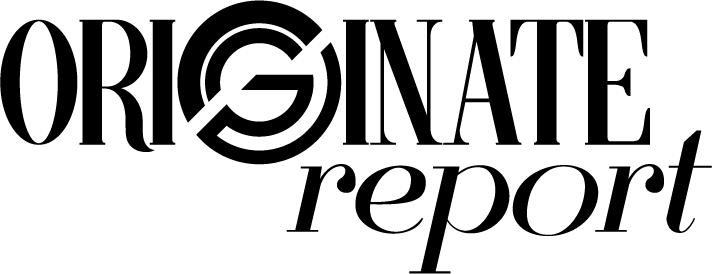It’s natural to weigh your costs and options before you purchase any major IT equipment or service. If you expect to extract value from the product or service later, you must understand what circumstances will impact that value, including time, wear, and the indomitable march of progress. Savvy chief financial officers are changing the way they invest in IT, moving away from the traditional capital expenditure (CapEx) model and toward operational expenditures (OpEx).
So, what is the difference between CapEx vs. OpEx? According to ShorTel, “Traditionally for technology investments, CFOs most often preferred capital expenditures over operating expenses because they could take advantage of amortization and depreciation of those investments over an extended period of time. There’s a growing argument, however, that operating expenses (OpEx) have distinct advantages over capital expenditures (CapEx) that have made it a favored investment approach by finance departments.”
The CapEx plan includes:
• Large amounts of cash.
• Error-prone guesswork to estimate future capacity needs for static hardware/software.• Lengthy and arduous processes to estimate the budget and get it approved.
• Permanent equipment with little or no flexibility in upgrading as technology or business needs change.
With OpEx, you can:
• Pay only for the capacity you need at the moment and scale as requirements change.
• Ease and speed up the budgeting process because short-term spending requirements are less.
• Make multiple investments across the business since capital isn’t tied up in large upfront expenditures.
• Fund expenses faster through operations rather than borrow or divert money from other projects.
• Smooth out cash flows over time instead of requiring lumpy outlays.
As an example of this type of spending, consider a new car. Only in very rare cases do they ever increase in value, regardless of whether you actually drive it. You can cut its retail value by 15 to 25% the moment you drive your new car off the dealer’s lot.
Another example? Consider technology purchases: servers, desktops, networking gear, storage, and more. Unless it’s plugged in and operating at full capacity the moment you order it, its relative value to your company starts decreasing immediately and will be outdated in less than six months. After a year, the equipment will have cost more in resources through the upkeep and overall maintenance than the equipment is worth; anything beyond another two years and you’ll pay someone to haul it away. Then, you’ll purchase new, expensive equipment.
However, you still need to invest in the right IT resources to operate your business, even if it takes a serious bite out of your profitability. Or do you?
For most mid-sized businesses that rely on technology, IT expenses can become a burden for the CFO trying to write them off against their operating income. Building and managing IT becomes a major cost center that doesn’t look as good as depreciating assets on the balance sheet. For example, you take 36 months to gain the full tax benefits of a high-performance server blade, but it’s obsolete in 12 to 18 months and needs to be upgraded or replaced. Plus, there’s another 18 months worth of value that you’re not realizing. Not surprisingly, owners and investors are moving away from this model.
What are the challenges with the build inhouse model? They are:
• Skilled labor costs (salary, benefits, training, replacement costs)
• Capital outlay (hardware/software/management tools, facilities)
• Integration costs (consulting)
• Reoccurring refresh cycles (hardware, software, people, facility infrastructure)
What are the benefits of a subscription/ shared services-based cost model?
• No upfront capital
• You pay only for what is consumed
• Scale on demand (skilled labor, capital, software, facilities)
• Resource utilization is maximized
• Rapid time to market
• Rapid return on investment (business value is realized at the same financial period as cost)
• Predictable spending
Enter the Subscription-Based IT Model
Consider instead the OpEx model. Rather than investing in the resources and hardware that must be maintained and upgraded, housed, powered, cooled, and staffed, you could subscribe to a managed IT services model to access the latest technology and technologists.
Even better is to alleviate such responsibilities entirely and move to a hosted model such as a public cloud offering infrastructure, platform, and software as a service. In each of these modes, all physical assets are managed by the provider and you pay only for what you need.
Organizations that rely on innovation can more freely adopt critical upgrades to enhance IT performance, expand their capabilities with new technology, and adhere to new regulations much quicker. Organizations can do this without complex capacity planning and expense forecasting.



